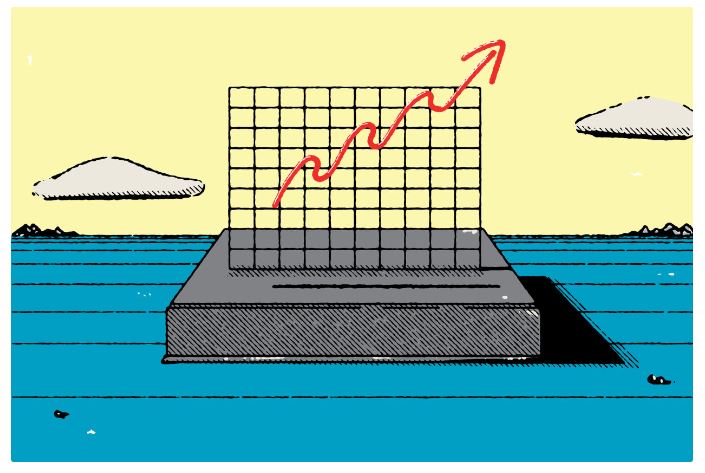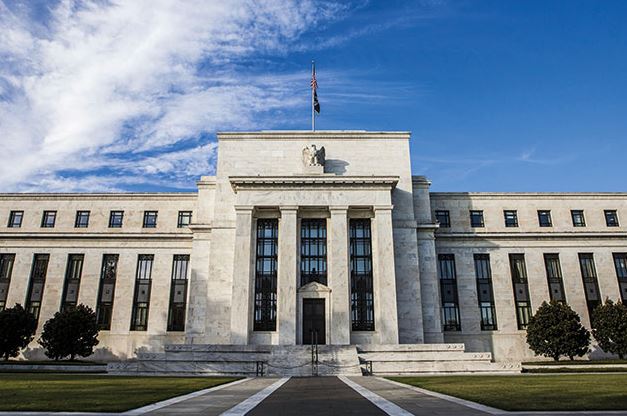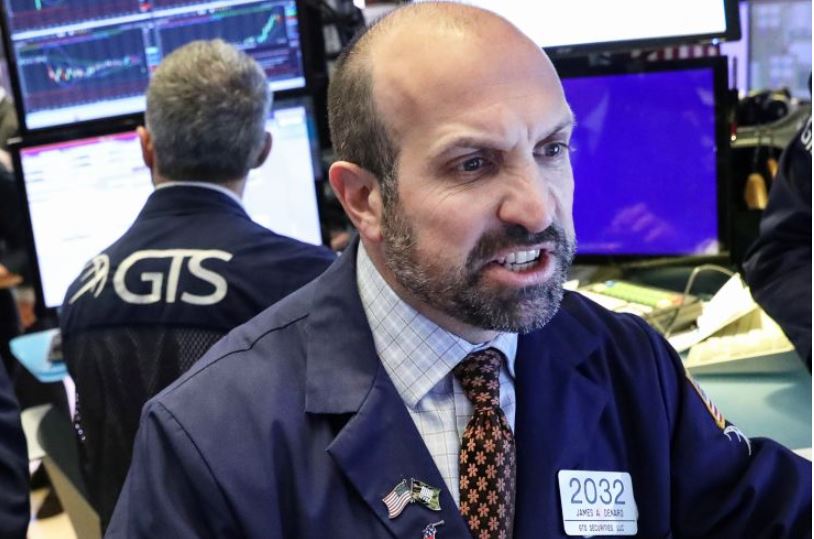What’s in Today’s Report:
- Perspective on Yesterday’s Bullish Catalysts (Draghi’s QE reference, Trump’s tweet)
- Is ECB QE Bullish for European Stocks?
Futures are little changed following a quiet night as markets digest yesterday’s events (Draghi dovish, Trump’s positive U.S./China tweet) ahead of the Fed later today.
In contrast to the suddenly positive mood on the Street, economic data again was disappointing. German PPI missed expectations (1.9% yoy vs. (E) 2.2% yoy) as did British Industrial Trends (-15 vs. (E) -12), but neither number is moving markets.
Today is clearly all about the FOMC Decision at 2:00 p.m. ET. There’s virtually zero chance of a rate cut at this meeting, so the keys to watch will be 1) Whether the word “patient” is removed from the end of the second paragraph (signaling a looming rate cut) and do 2) The dots show no rate hikes in 2020 and 3) A cut in 2019.
If the answer to each of these is “yes” the meeting will be dovish and likely extend the rally. If the answer is “no” to all three it’ll be hawkish and stocks will get hit, and if we get a mixed bag, the reaction from markets shouldn’t be too drastic.
Sevens Report Quarterly Letter
Next week is the final week of the quarter, and we’ve already begun working on the Q2’19 Sevens Report Quarterly Letter.
The Q2 Quarterly Letter will be delivered to subscribers on July 1st.
Volatility returned and investors are now facing multiple risks including: 1) Trade uncertainty, 2) Worries about economic growth, 3) Geopolitical concerns and 4) Shifting Fed policy.
Investors I speak with want to hear from their advisor in this environment. That’s why we’re producing the letter on the 1st business day of the quarter, because we want you to be able to impress clients by sending them your quarterly letter before your competition (and with little-to-no work from you).





